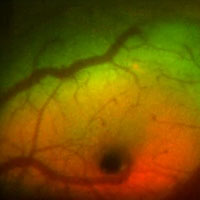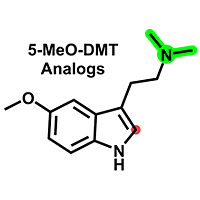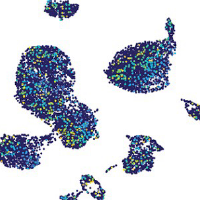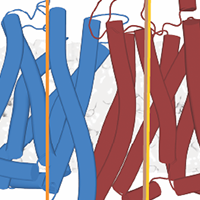Featured Paper of the Month – December 2025
Published in Translational Psychiatry by Omar Soler-Cedeño and Zheng-Xiong Xi, M.D., Ph.D. of the NIDA IRP Addiction Biology Unit.
This study evaluated two new compounds in animal models: RDS-04-010, an atypical dopamine transporter (DAT) inhibitor that binds to an inward-facing conformation of DAT, and RDS-03-094, a more typical DAT inhibitor that binds to an outward-facing conformation. Notably, RDS-04-010 reduced cocaine use, lowered motivation to seek cocaine, and prevented relapse-like behavior, while showing no rewarding or addictive effects on its own. These findings highlight RDS-04-010 as a promising treatment candidate.










